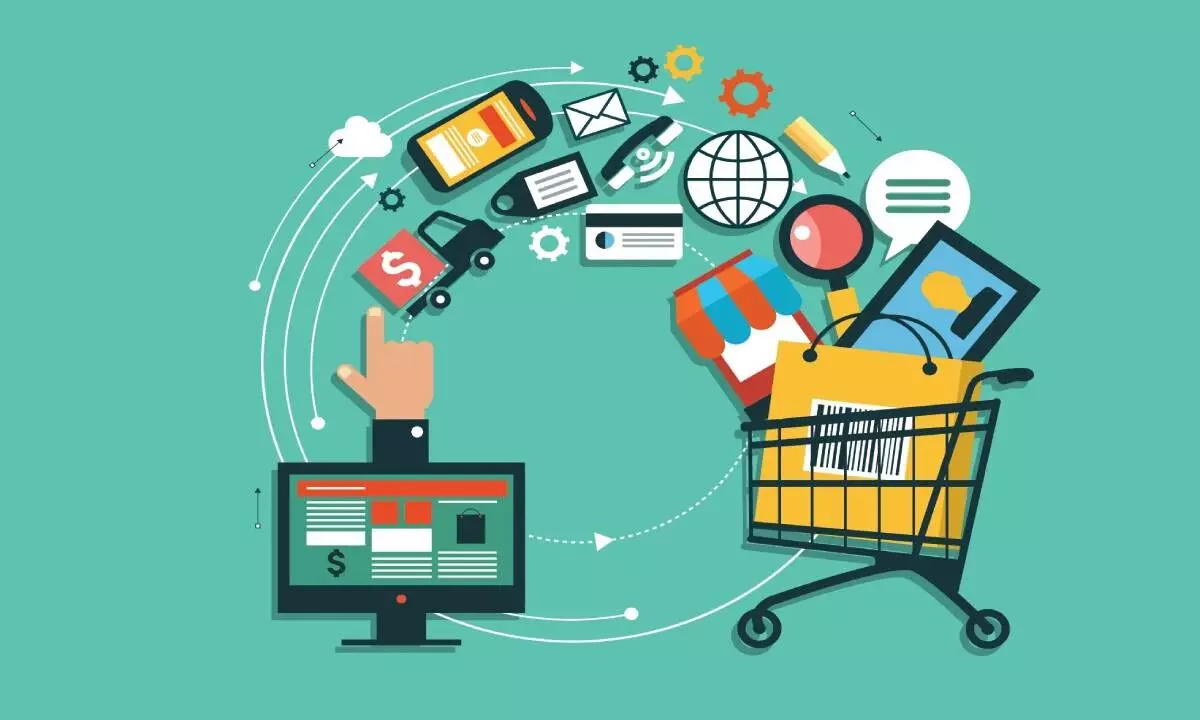A major JAM Trinity boost for digital payments in India
image for illustrative purpose

The Indian e-Commerce market, which is currently close to Rs 400 k crore, is expected to reach Rs 900 k crore by FY26, with customers from Tier-2 and smaller cities driving most of this growth. Interestingly however, Indian households are expected to make for over 50 per cent non-cash transactions by FY26. At least, that’s what a recent study by Redseer Strategy Consultants and Plural by Pine Labs indicates. Their research suggests that online shoppers in India are expected to grow by 50 per cent in the coming three years to surpass Rs 30 crore by FY26, paving the way for the reach of online payments. Quite significantly, customers from Tier-2 and smaller cities make for the majority in this regard. The households make nearly 35 per cent of transactions digitally, with Pay-to-Merchant payments (P2M) accounting for a significant proportion of transactions. Customers use digital payment methods in 80 per cent of grocery, food delivery, and travel transactions. With mobile phones facilitating seamless P2M payments, digital transactions by households are estimated to cross 50 per cent by FY26.
It is estimated that nearly 75 per cent of the close-to seven crore businesses are digitally enabled, and the number is expected to rise to 85 per cent by FY26. UPI captures the biggest share of the payments market, accounting for 84 per cent of the total digital payments volume as of FY23. BBPS, an ecosystem facilitating various bill payments, is set to witness a compound annual growth rate (CAGR) of approximately 30 per cent between 2023 and 2026.
When it comes to business, almost 85 per cent of businesses in India will be digitally enabled by FY26. From bustling cities to remote villages, digital payments are on the fast-track to change the way users transact. Penetration of smartphones and the internet, and favourable government policies have been key drivers in the adoption of digital payments. With more than 70 crore internet users, India has the second-highest number of internet users in the world, trailing only behind China. With a population of 140 crore, it is poised to become a global leader in digital payments in the coming years. It should be recalled that the rise of first-time e-Commerce users during the Covid years accelerated the adoption of digital payments. Financial products and services such as embedded credit, embedded insurance and embedded finance can increase business revenue, reduce the cost of customer acquisition, ease customer journeys and provide a competitive edge. With emerging trends to look out for, such as e-Rupi/CBDC, voice payments, wearable payment devices, and biometric payments, which could further foster greater collaboration between fintech companies, businesses and the government. The JAM Trinity (Jan Dhan, Aadhar and Mobile) is perceived to be the key enabler of India's transformed and well developed digital landscape. India has quietly orchestrated a revolution in online payments. And it seems that the future is an increased tech-enabled digitization at the online and offline point of sale.

